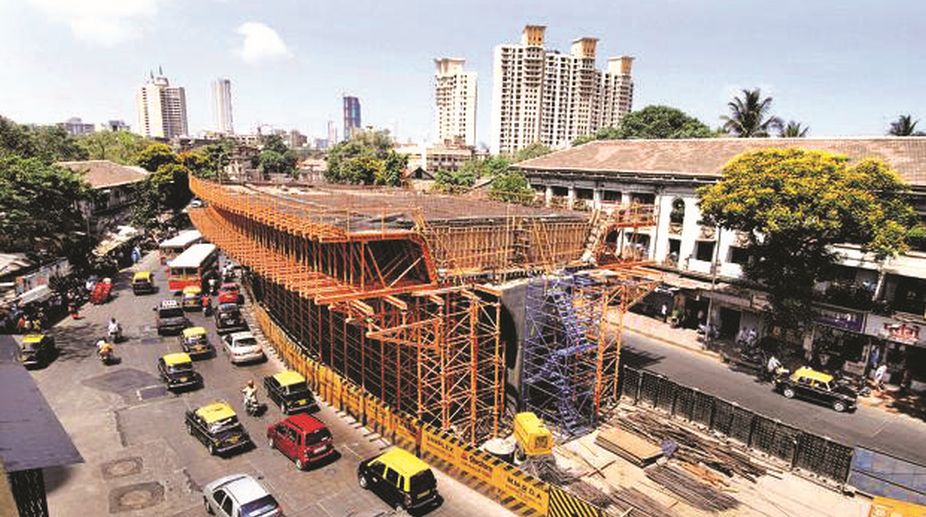
Uploaded on 2019-09-07 by Arda Gocmencelebi
Rapidly urbanising India is a fact. Already around 40 percent of Indians live in urban areas, though the real numbers may be somewhat higher. More than half of India’s population, nearly 800 million, would be living in urban areas by 2030. It is also a fact that nearly two-third of India’s GDP, and three-fourth of jobs, are provided by urban India. The future seems to indicate continuation of that trend. Prime Minister Narendra Modi’s dream of New India by 2022 can only be realised if urban infrastructure in India’s cities are developed. It is precisely with this in mind that the Union government has initiated a number of national programmes for urban development. SMART City initiative identified 99 such cities around the country, and an investment of Rs 100 crore is being provided to each of them. Likewise, AMRUT scheme focuses on 500 smaller cities and towns around the country with separate budgetary provisions. Several other national programmes ~ like Swachh Bharat Mission-Urban (SBM-U) and Housing for All (HFA) ~ have also committed funds for urban areas. The requirements for improving urban infrastructure in the country are so huge that much additional investment is necessary.